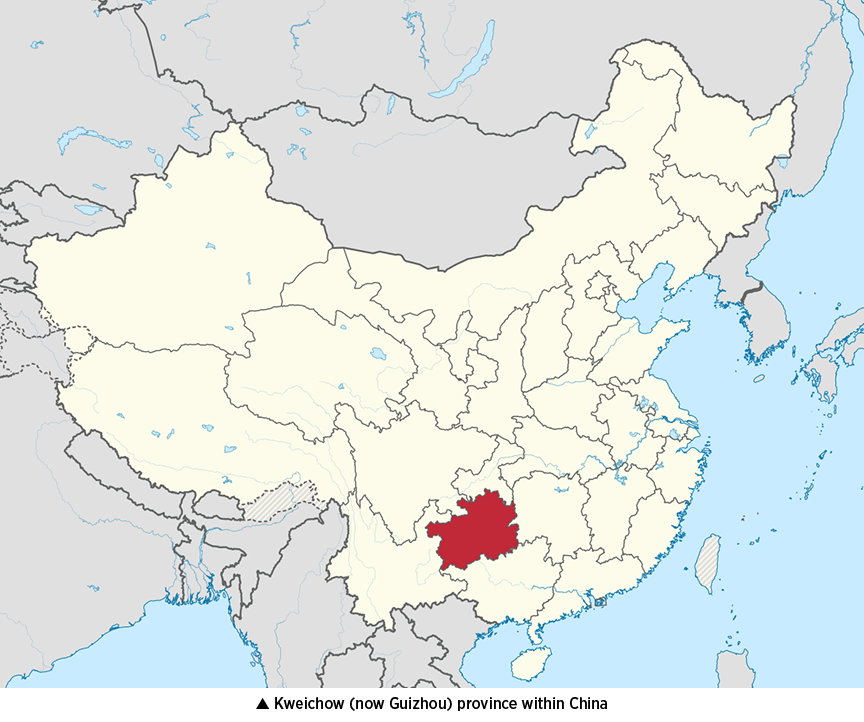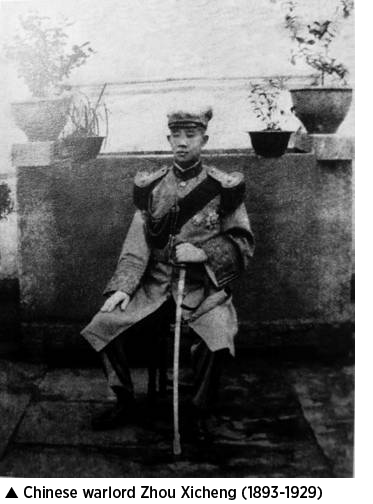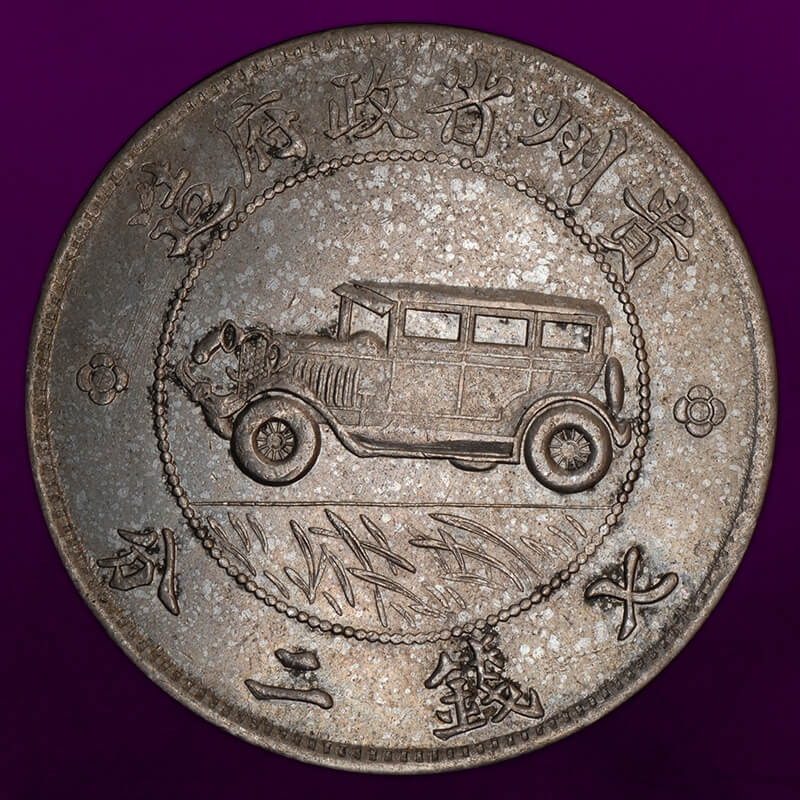A Chinese warlord celebrates his automotive accomplishments on a famous coin
Each of the objects in the ANA’s Edward C. Rochette Money Museum collection has a unique story. One intriguing tale involves the 1928 “Auto Dollar.” This rare and historic piece was produced at a chaotic time in China’s history, and holds the distinction of being the first coin to feature an automobile as a main device.
The Republic of China (1912-49), which comprised all of China plus several other present-day countries, was a vast and complicated place. The last imperial dynasty, the Qing (1644-1912), was overthrown, and the republican government and the Kuomintang (Nationalist Party of China) wrestled for power. This instability signaled the rise of regional warlords, who reaped power through intimidation and force.


Naturally, Zhou wanted to celebrate his achievement and decided to commemorate the highway on a silver yuan. The original design featured the warlord’s car along with his portrait, but advisors convinced him that his image on the coin would upset many, and would possibly result in his overthrow or assassination.
The updated and final motif depicts Zhou’s car (or a slight variation) with a Chinese legend reading “Made by the Kweichow Government” above and the denomination “Seven Mace and Two Candareens” (1 yuan, the base unit of Chinese money) below. The reverse features a poppy with the legend “Kweichow Silver Coin,” “Seventeenth Year of the Republic of China” (1928) and “One Yuan.” For many years, it was the first and only coin to feature an automobile as a main device.
Although Zhou agreed not to put his portrait on the piece, he insisted that his name be included discreetly in the grass on the obverse below.

About 648,000 Auto Dollars were produced, but it is unclear where they were struck, as Kweichow probably did not have a mint. The ANA’s specimen is graded Mint State-61 by Numismatic Guaranty Corporation. Moritz Wormser, ANA president from 1921 to 1926, acquired the coin in 1930 and donated it to the ANA collection, then housed at the Smithsonian Institution in Washington, D.C.
– Andy Dickes

